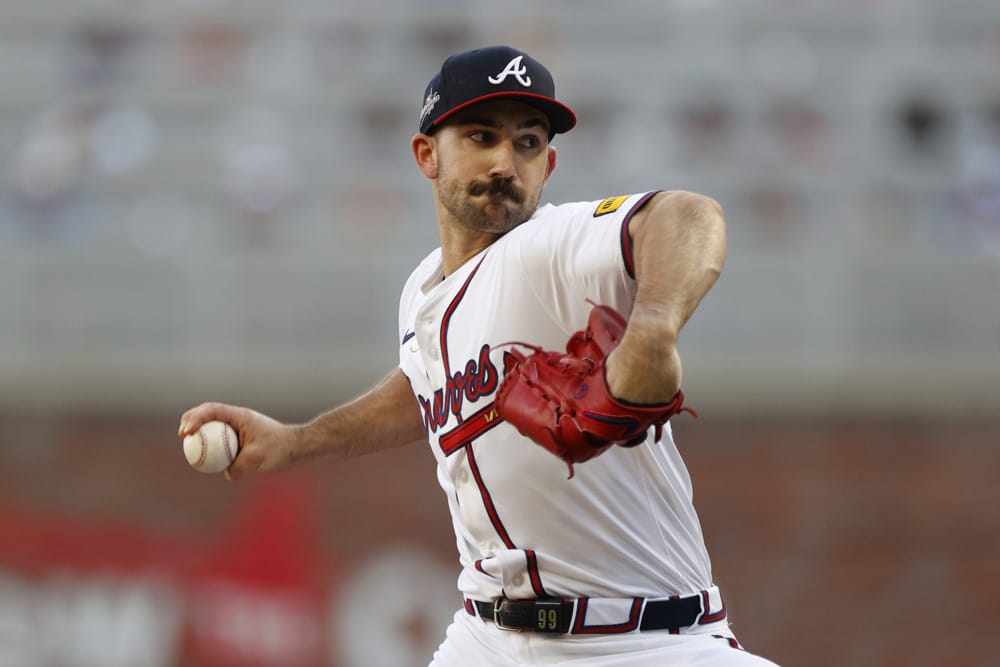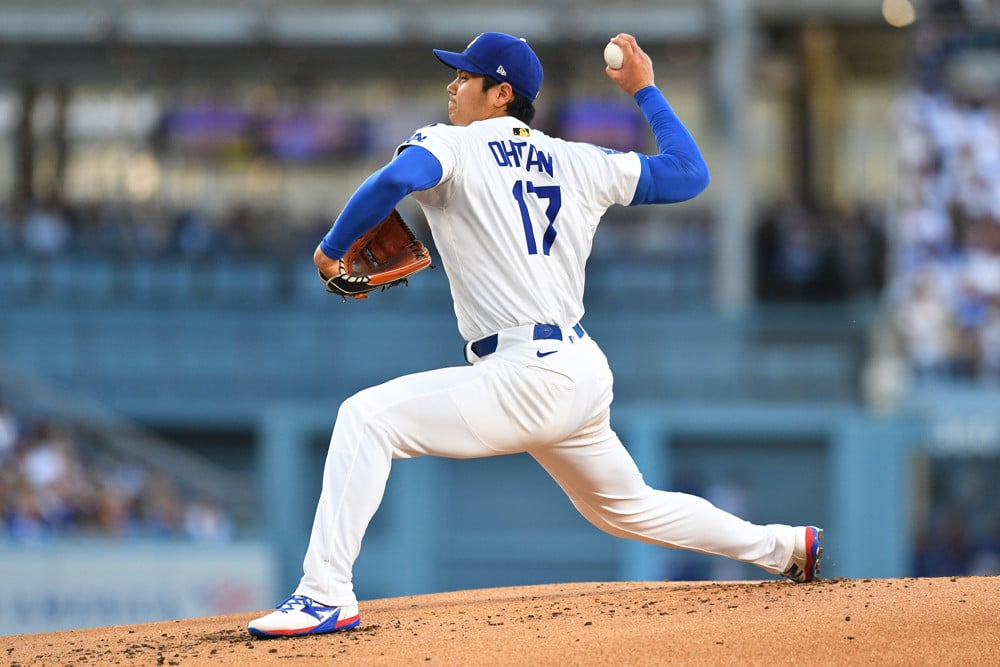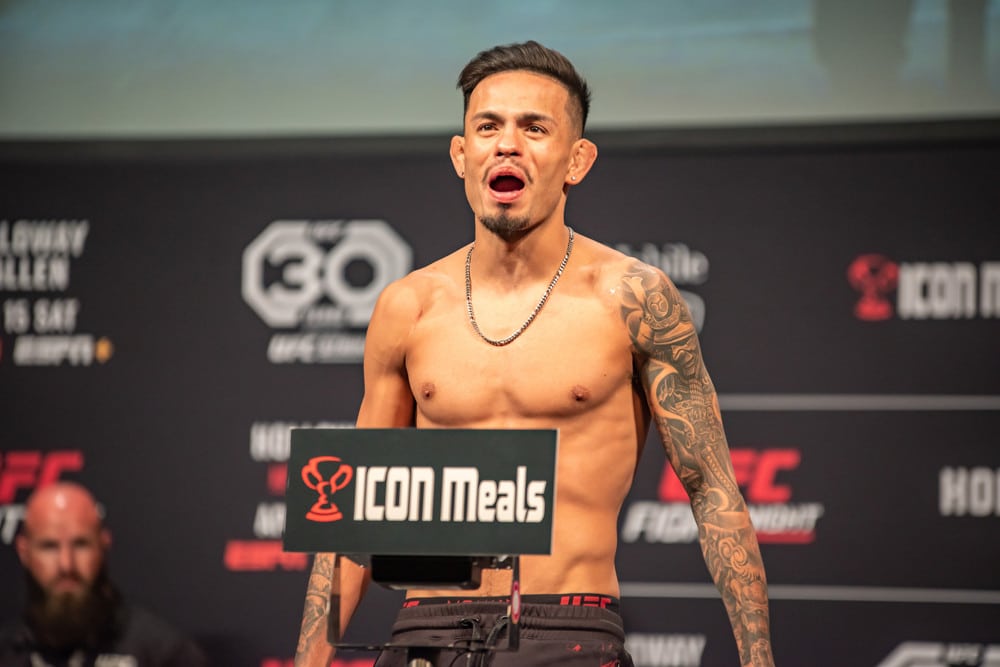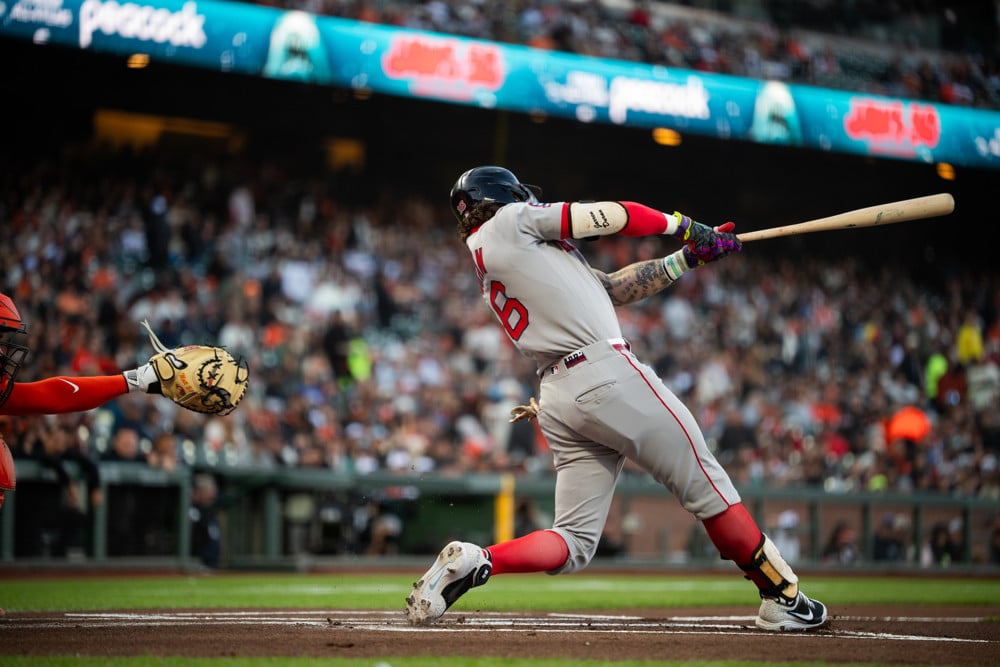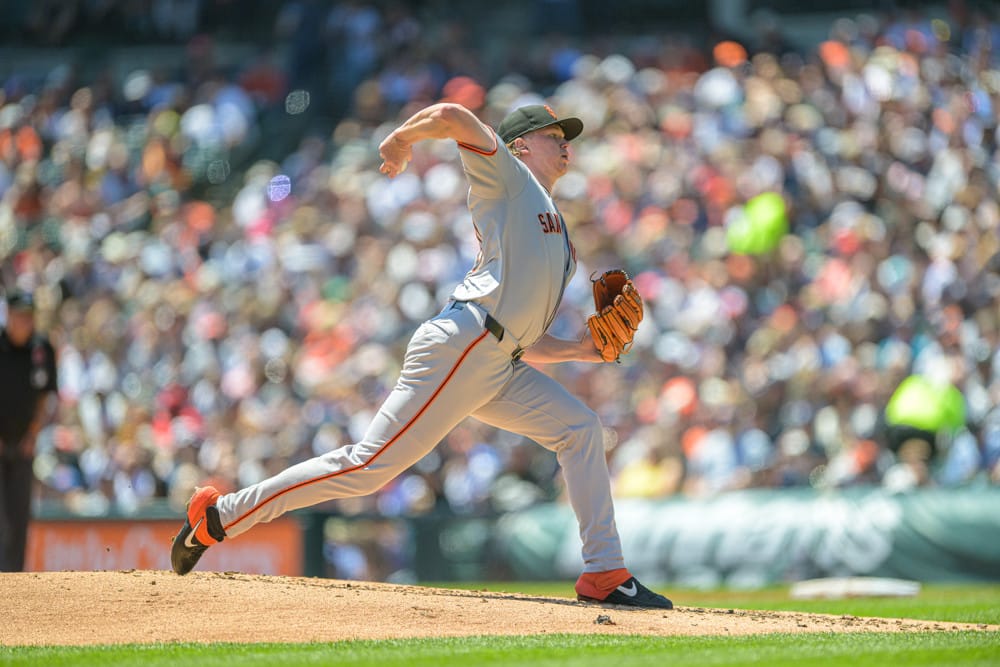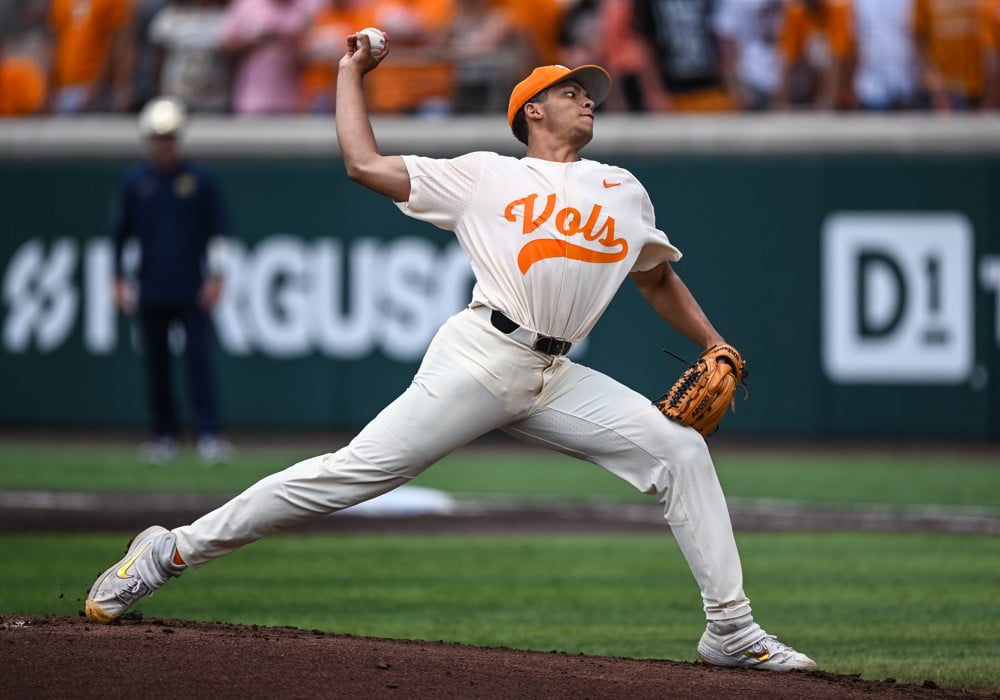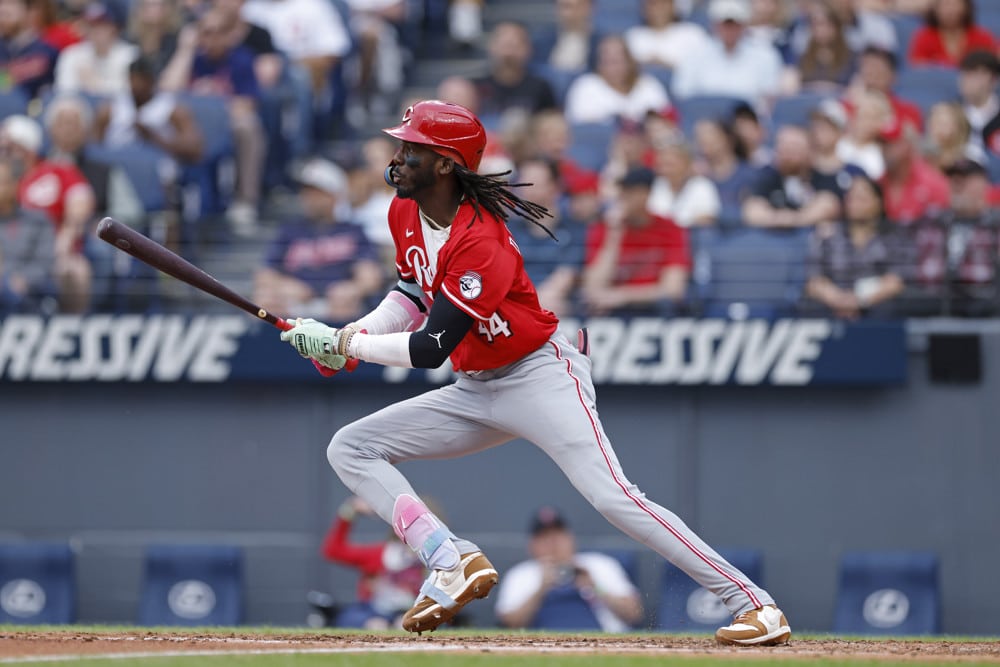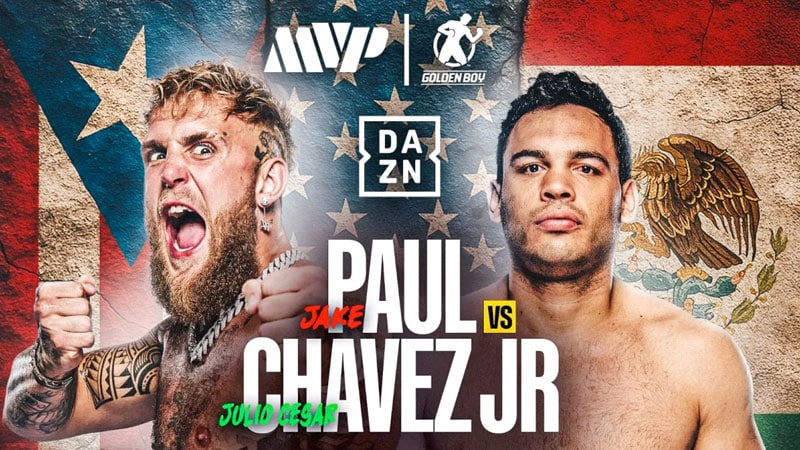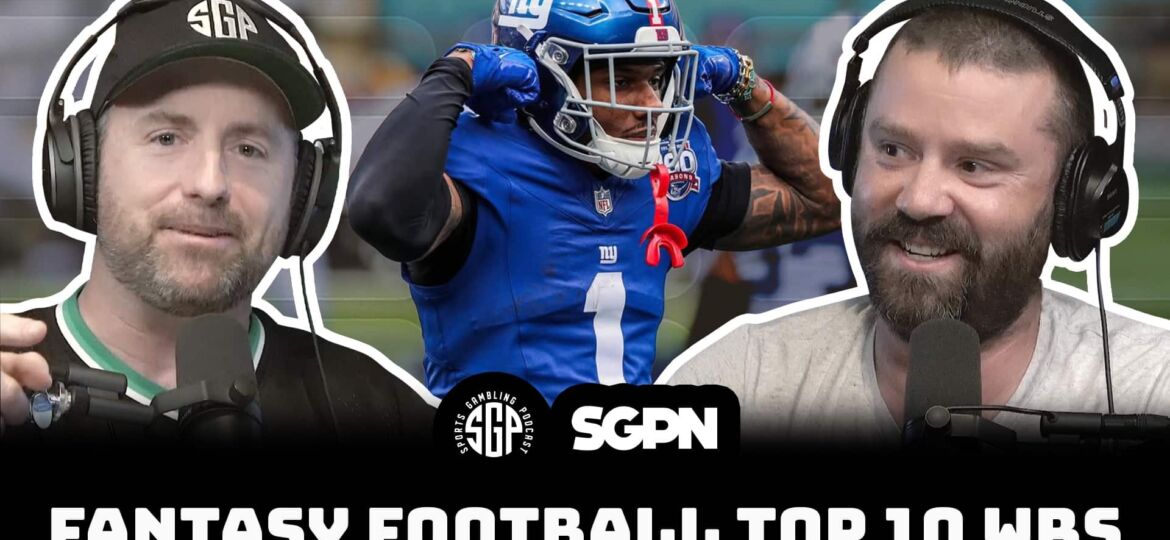The FedEx Fall series heads overseas to the land of the rising sun. A limited field takes on the Accordia Golf Narashino CC in Tokyo, Japan . As always, here is your early deep dive on the 202r ZOZO Championship and a preview of how to bet.
The Golf Course
The Narashino Country Club opened in 1965 during the height of the Japanese golf boom. It was designed with inspiration from the work of classical Great Britain golf architecture. After World War II, Japan sought ways to recover economically. Japan turned to golf to rebuild its coffers. The game of golf became very popular for businessmen to either enjoy a leisurely round away from their jobs or to take their clients out on the golf course. Between 1958 and 1979, almost 1,300 golf courses were built in Japan.
The Narashino CC is a very traditional Japanese design:
Almost all urban and suburban golf courses in Japan (especially around Tokyo) are very tight and tree-lined tracks. Narashino CC is no exception. The architects wanted to hide as much of the urban sprawl as possible by surrounding each hole with walls of trees to make the players forget about their long work hours. This helps the golfers forget their strenuous day jobs for just a few hours to enjoy both nature and their round.
As such, all holes at Narashino play very tight tee-to-green. The fairways are very narrow and are surrounded by a wall of tall trees. Holes are designed to prevent players from hitting over the top of them. Everything is played directly out in front of the player. Any shots offline present poor or obstructed angles into the green.
Another prominent feature of Japanese golf is the double green system. Instead of building one large green complex of one grass type, the architects often build two smaller ones. One green is of a summer species of grass (i.e., Bermuda), and the other with a winter species (i.e., bentgrass). This ensures that golf can be played all year round and in all varieties of climates. It also gives the golf course a bit of flexibility with pin setups and prevents greens from being too trampled down by foot traffic. This tournament will use the bentgrass greens. They’ll also roll at 11 on the stimpmeter.
Overall, the golf course is a positional one. And a second shot golf course to boot. While it’s short on the scorecard, it’s not one that can be easily overpowered. Between the narrow fairways and positioning of doglegs and hazards, the golf course has enough character not to get overrun too badly. And if the weather gets dicey, birdies will come at a premium.
The Scorecard
Historically, Narashino CC plays roughly 7,100 yards on the scorecard and as a Par 70. However, it’s deceptively long. Here is a look at the scorecard used for the 2023 ZOZO Championship, including the lengths of the holes and pertinent statistics from that tournament:
Par 3:
There are five Par 3’s at Narashino CC. Here are their yardages and general statistics from the 2023 ZOZO Championship:
Hole No. 3
- Avg. Length: 180 Yards
- Scoring Avg.: -0.07
- Birdie+ %: 16.1% (higher than PGA Tour Average)
- Bogey+ %: 9.0%
This is a relatively straightforward Par 3. There are no hazards around the green to worry about. The green is guarded by two front bunkers and a back bunker, with nothing guarding either side. As long as players nail their yardages, this isn’t a difficult hole.
Hole No. 5
- Avg. Length: 205 Yards
- Scoring Avg.: +0.21
- Birdie+ %: 7.7% (way lower than PGA Tour average)
- Bogey+ %: 23.5%
This is a very difficult Par 3. Anyone who flares their tee shot out to the right will find the water. And guarding this narrow green are a pair of greenside bunkers on the left. There’s really nowhere to miss. This long approach shot is certainly not an easy one to pull off without a mistake.
Hole No. 7
- Avg. Length: 167 Yards
- Scoring Avg: -0.09
- Birdie+ %: 15.5% (higher than PGA Tour Average)
- Bogey+ %: 7.1%
Another relatively straight forward short Par 3. All that guards the green is a large front bunker with two small back bunkers for anyone who airmails the green. There are no water hazards on the hole. Players can dial in a short iron and go flag hunting here.
Hole No. 13:
- Avg. Length: 141 Yards
- Scoring Avg.: -0.10
- Birdie+ %: 18.1% (higher than PGA Tour Average)
- Bogey+ %: 7.1%
A very easy, short Part 3. The hole is heavily bunkered on the right side of the green. But at such a short length, it’ll take a gross mishit from these professionals to really screw up this hole.
Hole No. 16:
- Avg. Length: 183 Yards
- Scoring Avg: +0.05
- Birdie+ %: 16.5%
- Bogey+ %: 16.1%
This hole provides a fair bit of variance. While it has birdie or better rates as high as the other relatively easy Par 3’s at Narashino, it also has pretty high bogey rates. Those who find the green in regulation stand a good chance to card another birdie. But anyone who misses left runs the risk of having the ball roll down the slope and into the water. This could be a swing hole in the final round.
Overall, these are a collection of pretty easy Par 3’s. Three of the 5 played under par for the tournament. And because there are 5 of them, it’s why the golf course is deceptively long. Replace one of these with a run of the mill 450 yard Par 4, and suddenly Narashino becomes a 7,350+ yard Par 71.
Par 4:
There are ten Par 4’s at Narashino CC. Here are the lengths of the Par 4’s at Narashino CC, broken up into yardage buckets, as well as pertinent scoring averages and statistics:
Less Than 375 Yards: 10%
- Holes (with yardages): #2 (363).
- Collective Scoring Avg: -0.10
- Birdie+ %: 21.0% (higher than PGA Tour average)
- Bogey+ %: 10.0%
Despite the short yardage, this hole is not drivable.
375-425 Yards: 40%
- Holes (with yardages): #1 (405), #8 (395), #10 (400), #15 (425)
- Collective Scoring Avg: +0.05
- Birdie+ %: 14.5% (less than PGA Tour average)
- Bogey+ %: 16.9%
425-475 Yards: 0.0%
475+ Yards: 50%
- Holes (with yardages): #4 (505), #9 (486), #11 (486), #12 (490), #17 (491)
- Collective Scoring Avg: +0.24
- Birdie+ %: 8.3% (way below PGA Tour average)
- Bogey+ %: 29.2%
Half of the Par 4’s at Narashino CC are over 475 yards long. That’s a very large composition. And because temperatures sometimes struggle to crack 70 degrees and autumn rain slows down the golf course, these holes play incredibly long and incredibly tough.
Par 5:
There are only three Par 5’s at Narashino. Here are their lengths and general statistics from the 2023 ZOZO Championship:
Hole No. 6
- Avg. Length: 587 Yards
- Scoring Avg: -0.37
- Birdie+ %: 45.8% (slightly higher than PGA Tour average)
- Bogey+ %: 9.7%
This is a difficult driving hole. There is water all the way down the right side of the tee shot. However, players will try to hit a power fade to carry over it. From there, the hole bends 90 degrees to the right to set up a long approach shot into the green. The green is protected by rough and a front bunker, meaning players have to fly the ball all the way to the putting surface to get there in 2.
Hole No. 14
- Avg. Length: 608 Yards
- Scoring Avg: +0.01
- Birdie+ %: 18.7% (well below PGA Tour average)
- Bogey+ %: 17.4%
While the hole plays dead straight, it’s nearly impossible to hit the green in two. Not only is the fairway quite narrow and forces an immediate layup should one miss it with the tee shot but the front of the green is guarded by rough and a front bunker. There’s also OB down the left. As such, this is not a Par 5 that features a ton of birdies while also yielding a fair amount of bogeys or worse.
Hole No. 18
- Avg. Length: 562 Yards
- Scoring Avg: -0.47
- Birdie+ %: 51.0%
- Bogey+ %: 7.4%
Ah yes. Not many things better than a scoreable Par 5 to end a tournament and provide for some late leaderboard drama. Players can’t hit driver off the tee because the middle of the dog leg is only about 280 yards from the tee box. But for anyone who finds the fairway, it sets up a great look to the green to get a final birdie on the scorecard and possibly win the tournament.
Off-the-tee
While there’s no ShotLink data, there are some general conclusions we can make based on some more rudimentary statistics and club choice selections at how Narashino plays off the tee.
Here were the driving accuracy rates for each ZOZO Championship at Narashino:
- 2023: 48.4%
- 2022: 56.8%
- 2021: 53.3%
- 2019: 54.7%
These are very, very low driving accuracy rates. And that makes sense, given the very narrow fairways. In 2023, adverse weather conditions early in the tournament made it a very difficult ball-striking golf course, particularly off the tee.
However, one would think, given narrow fairways and the prevalence of lots of dog legs on several holes, that players would club down often off the tee at Narashino. But that’s not really the case. For example, in the final round of the 2019 ZOZO Championship, Tiger Woods hit driver on eight of the 13 Par 4’s and 5’s on the golf course. That’s a higher number than one would expect, given the aesthetics of the golf course, especially because Tiger is notoriously a very conservative player off the tee.
As such, it’s a very demanding and difficult driving golf course that commands players to hit driver a lot. As such, value Strokes Gained – Off-the-Tee performance heavily into your handicap. Considering the four winners at Narashino were Tiger Woods, Hideki Matsuyama, Keegan Bradley and Collin Morikawa (who despite length gains a fair amount of strokes off-the-tee because he hits so many fairways), four very good drivers, focusing on that area is key to making picks at the 2024 ZOZO Championship.
Approach Play:
Here were the green in regulation rates for each ZOZO Championship at Narashino:
- 2023: 63.2%
- 2022: 68.9%
- 2021: 61.1%
- 2019: 67.6%
While 2019 and 2022 gave up its fair share of hit greens, it was very difficult to do so in 2021 and 2023. This is primarily due to the weather. These years, rain, cold temperatures, and wind wreaked havoc on Narashino for multiple rounds. As such, hitting the green in regulation is a tall order.
However, in 2019 and 2022, the weather was a little better. As such, overall iron performance improved for the field.
In 2024, there doesn’t seem to be a ton of adverse weather conditions in the forecast. As such, expect GIR% rates at the 2023 ZOZO Championship to be more aligned with what was seen in 2019 and 2022.
As far as proximity, here’s approximately where players will hit approach shots based on Tiger’s final round. While there isn’t a ton of elevation change tee-to-green, there could be wind to affect some of these estimates:
- <125 Yards: 1 shot
- 125-150 Yards: 4 shots
- 150-175 Yards: 5 shots
- 175-200 Yards: 3 shots
- 200+ Yards: 5 shots
This isn’t surprising given the composition of the scorecard as laid out above. And there are a lot of long Par 4’s on the golf course. As such, this golf course definitely favors the mid to long iron game. Typically, these types of players are the ones who excel in the Strokes Gained – Approach metric.
As such, heavily weighted iron play into your handicap this week, particularly from over 150 yards. And once again, given the winners of this event were Tiger Woods, Keegan Bradley, Hideki Matsuyama and Collin Morikawa, four tremendous ball strikers, it’s vital that the players you pick this week are solid in this area.
Around The Green:
Without ShotLink data, there’s not really a lot to discuss here. And because ball striking statistics should be so heavily weighted this week and the weather looks like it won’t turn into the up-and-down contest that was 2021, this area shouldn’t be too much in your handicap this week.
Putting:
The greens at Narashino are bentgrass, and are some of the most pristine and pure greens the players will see all season. Great care is taken to make sure the ball rolls fantastically on these putting surfaces. And the greens have a ton of undulation to them.
Sometimes, when players play on highly undulating bentgrass greens, it can narrow the gap between good putters and bad putters. These aren’t easy greens to putt on, and there are very few straight putts. As such, a player who has an excellent ball-striking week might be able to overcome a so-so putting week because it’ll be tough sledding for anyone on these greens.
For anyone who has bet the likes of Keegan Bradley, Collin Morikawa and Hideki Matsuyama, so often has fantastic ball-striking been foiled by awful putting. But they each have won this tournament. Anytime the ZOZO has been played at Narashino, elite ball-strikers have been able to overcome their deficiencies on the greens to pull out the win.
Predictive Skillsets:
Here is the predictive skillset chart from DataGolf of the types of players who excel at Narashino CC:

Comparative Courses:
Here is a list of golf courses that feature a similar relative skillset chart as Narashino does (per DataGolf). Note – only golf courses that have been played on the PGA Tour within the last 3 years are included in the list below:
- Memorial Park (Houston Open)
- PGA National (Cognizant Classic)
- Renaissance Club (Scottish Open)
- Nine Bridges (CJ Cup)
- Detroit Golf Club (Rocket Mortgage Classic)
- Riviera Country Club (Genesis Invitational)
- Grand Reserve Golf Club (Puerto Rico Open)
- TPC Louisiana (Zurich Classic)
- Olympica Fields (BMW Championship)
- Silverado Resort (Procore Championship)
- Caves Valley Golf Club (BMW Championship)
- TPC Craig Ranch (CJ Byron Nelson)
- La Quinta Country Club (The AmEx)
Most of these golf courses demand that players drive it really well. In addition, most of these feature a high concentration of longer approach shots. Gamblers should also cross reference course history at these courses into their handicaps at the 2024 ZOZO Championship.



